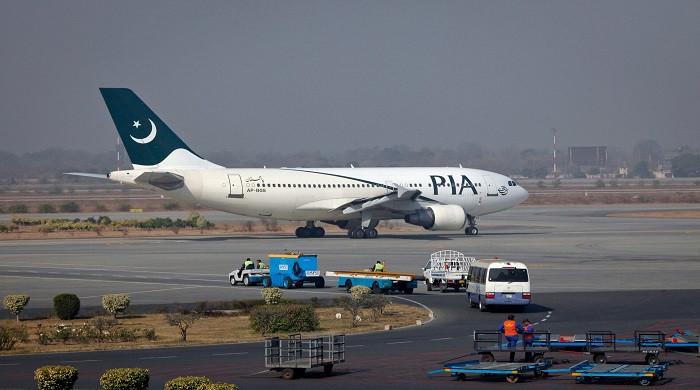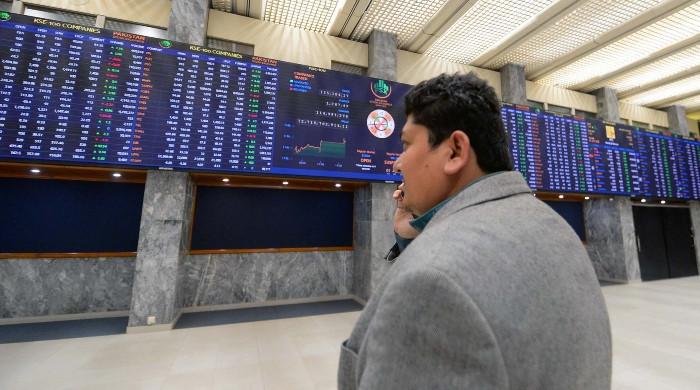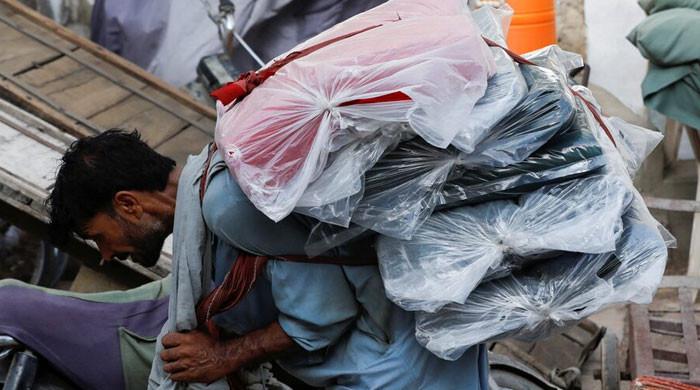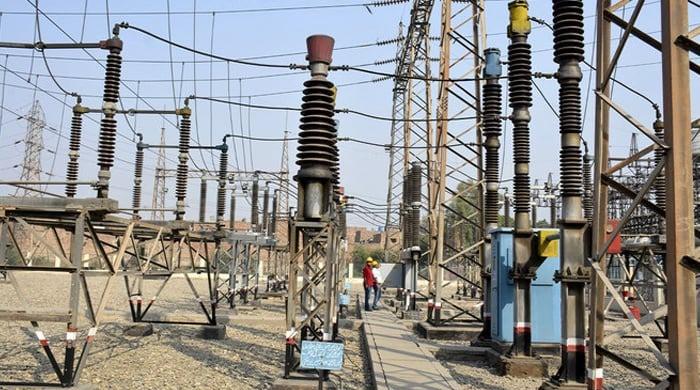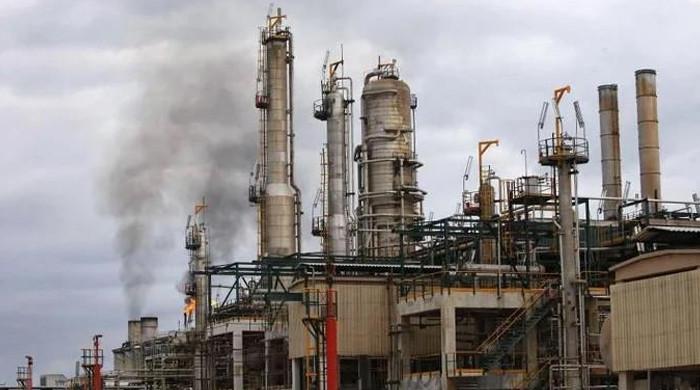Oil prices go negative for the first time in history, dipping 305%
Traders fled from expiring contract in a frenzy as barely any buyers are willing to take delivery of oil barrels because there's simply no place
April 21, 2020

NEW YORK: The oil prices turned negative on Monday for the first time in history as storage space was filling up, discouraging buyers as weak economic data from Germany and Japan cast doubt on when fuel consumption will recover.
Traders fled from the expiring contract in a frenzy as barely any buyers are willing to take delivery of oil barrels because there is no place to put the crude, creating a global supply glut as billions of people stay home to slow the spread of the novel coronavirus.
When a futures contract expires, traders must decide whether to take delivery of the oil or roll their positions into another futures contract for a later month.
The May US crude futures plunged to a depth never before seen, settling on the day at minus $37.63 a barrel, declining $55.90 a barrel (305%). Prices set a low of negative $40.32.
The May US WTI contract fell $19.06 (104.3%) to a discount of 79 cents a barrel at 6:09pm GMT after touching an all-time low of -$1.43 a barrel. Brent was down $1.85 (6.6%) at $26.23 a barrel.
The June WTI contract is trading more actively at a much higher level of $21.6 a barrel. The spread between May and June was more than $23, the widest in history for the two nearest monthly contracts.
Major oil-producing nations have agreed to cut output and global oil companies are trimming production but those cuts will not come quickly enough to avoid a massive clog.
“The people who are long are desperate to get out,” said Phil Verleger, a veteran oil economist and independent consultant. “If you don’t have storage you have to get out.”
“For many investors or people using these contracts for hedging this is really a big pain,” said Edward Moya, market analyst at OANDA in New York.
“There’s no place to put it - we’re running out of space to store oil.”
With demand down 30% worldwide due to the coronavirus pandemic, the main US storage hub in Cushing, Oklahoma is expected to fill up in a matter of weeks.
The world’s major oil producers agreed to cut production by 9.7 million bpd in an attempt to get world supply under control as demand slumps, but those cuts do not begin until May. Saudi Arabia is ramping up deliveries of oil, including big shipments to the United States.
Worldwide oil consumption is roughly 100 million barrels a day, and supply generally stays in line with that. But consumption is down about 30% globally, and the cuts so far are far less.





